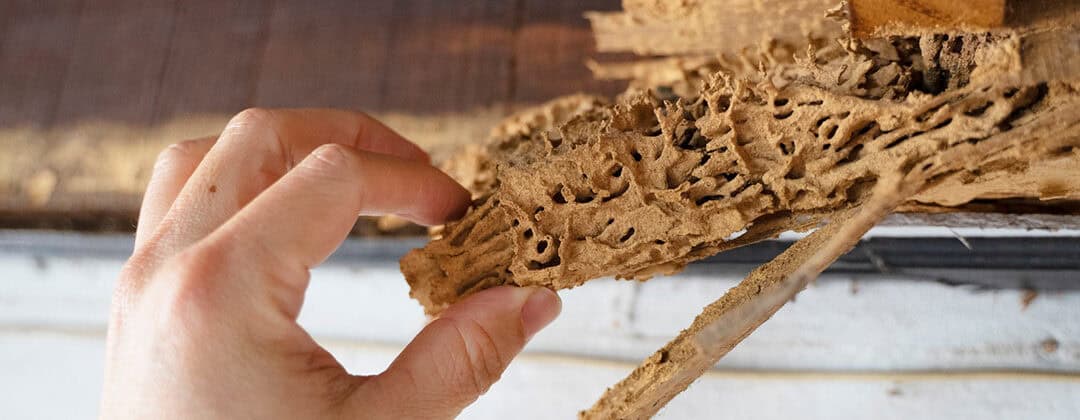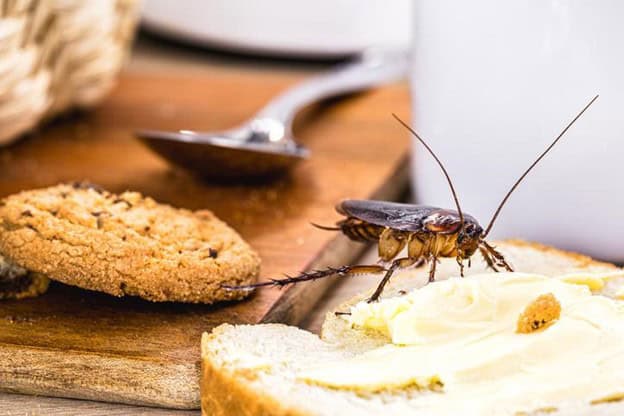READY TO GET STARTED?
REQUEST A FREE ESTIMATE
Fill out the form below or call (336) 226-1448 for a free, no-obligation estimate.

Termites cause billions of dollars in property damage across the United States annually, making them one of the most persistent challenges for homeowners. But in North Carolina, there’s a growing shift toward green pest control that emphasizes sustainable, effective methods for managing termites without compromising the environment.
Whether you’re a homeowner concerned about protecting your investment or an eco-conscious individual looking for termite solutions that align with your values, this guide offers valuable insights into North Carolina’s approach to addressing termite infestations.
Homeowners in North Carolina are becoming increasingly vigilant, recognizing the importance of early detection. Waiting to act typically allows termite colonies to grow, leading to extensive damage to your home’s structure. These insects are often discreet, operating out of sight and under the radar, which means catching them early can save you stress and costly repairs.
Wondering what signs to look for? Here are some of the key indicators of termite presence in your home or on your property:
Regular inspections by pest control professionals can be invaluable in catching these signs before significant issues arise.
There’s a saying in the pest control industry that prevention is better than intervention. While dealing with an infestation can be challenging, North Carolina’s homeowners are increasingly opting for proactive measures that reduce the likelihood of termites becoming a problem in the first place.
Property owners are turning to soil barrier treatments as a way to discourage termites from entering homes. These treatments involve establishing a physical or chemical layer in the soil surrounding your property, making it challenging for termites to gain access to wooden structures.
One eco-conscious solution homeowners can rely on is Sentricon. This innovative termite baiting system is attractive to termites leading to an easy position of eliminating the colony without harmful chemicals, making it a less-toxic and effective option for those looking to protect their homes sustainably.
Another trend sweeping North Carolina is investing in regular termite inspections. Scheduling an annual or semi-annual inspection can help homeowners catch signs of termite activity early. Professionals specializing in green pest control use techniques that allow them to thoroughly assess your property without resorting to invasive or environmentally harmful measures.
Some companies in the area even offer integrated pest management (IPM) services, a forward-thinking strategy that evaluates your home’s unique environment to develop targeted, sustainable approaches to termite prevention or control.
Moisture and termites go hand in hand, as damp conditions create the perfect environment for colonies to thrive. North Carolina’s humid climate can exacerbate this problem, so sustainable pest control strategies often focus on moisture management. Addressing leaky pipes, clogged gutters, or poor drainage can act as a natural deterrent to termites, minimizing the conditions they rely on to survive.
Choosing green pest control solutions offers dual benefits for homeowners in North Carolina. Beyond protecting your property, these methods prioritize environmental health and sustainability. Here’s how they work:
By making eco-friendly decisions, you contribute to healthier ecosystems across North Carolina while protecting your home from potential structural damage.
North Carolina homeowners are leading the way in adopting green pest control practices that prioritize their homes, health, and the environment. Through early detection and preventive measures like soil barriers, inspections, and moisture management, it’s possible to stay ahead of potential termite issues while staying true to eco-conscious values.
If you’ve noticed signs of termites or want to discuss sustainable preventive measures for your home, now is the time to act. Reach out to trusted pest control professionals in your area to keep your property protected.

The holiday season is a time for joy, celebration, and relaxation. However, nothing can disrupt the comfort of your festive gatherings like an unexpected invasion of pests. Whether it’s rodents searching for warmth or ants sneaking in for a taste of your holiday treats, keeping your home pest-free should be a top priority. In this comprehensive guide, we’ll explore common holiday pests, provide practical prevention tips, and offer advice tailored to health-conscious individuals. By the end, you’ll be equipped to ensure that your home remains a sanctuary throughout the holidays and beyond.
During the colder months, several pests may seek refuge in your home, drawn by warmth and the promise of food. Here are some typical culprits:
Understanding these pests’ habits is the first step in protecting your home against them.
To maintain a pest-free home, proactive measures are essential. Here’s how to defend your space against unwanted visitors:
If you’re concerned about the environmental impact of pest control methods, consider the following eco-friendly options:
Once the festivities are over, take the time to conduct a thorough inspection of your home. Look for signs of pest activity, such as droppings, nests, or damaged items. Regular maintenance throughout the year can help prevent future infestations:
A pest-free home is crucial for a stress-free and enjoyable holiday season. By understanding common holiday pests, implementing prevention measures, and considering eco-friendly options, you can protect your home and loved ones. By following the tips outlined in this guide, you’ll create a comfortable and inviting environment, allowing you to focus on what truly matters—making cherished memories with family and friends. If you need extra protection this holiday season, reach out to your local pest control company for a free estimate and recommendations on treatment and prevention options.